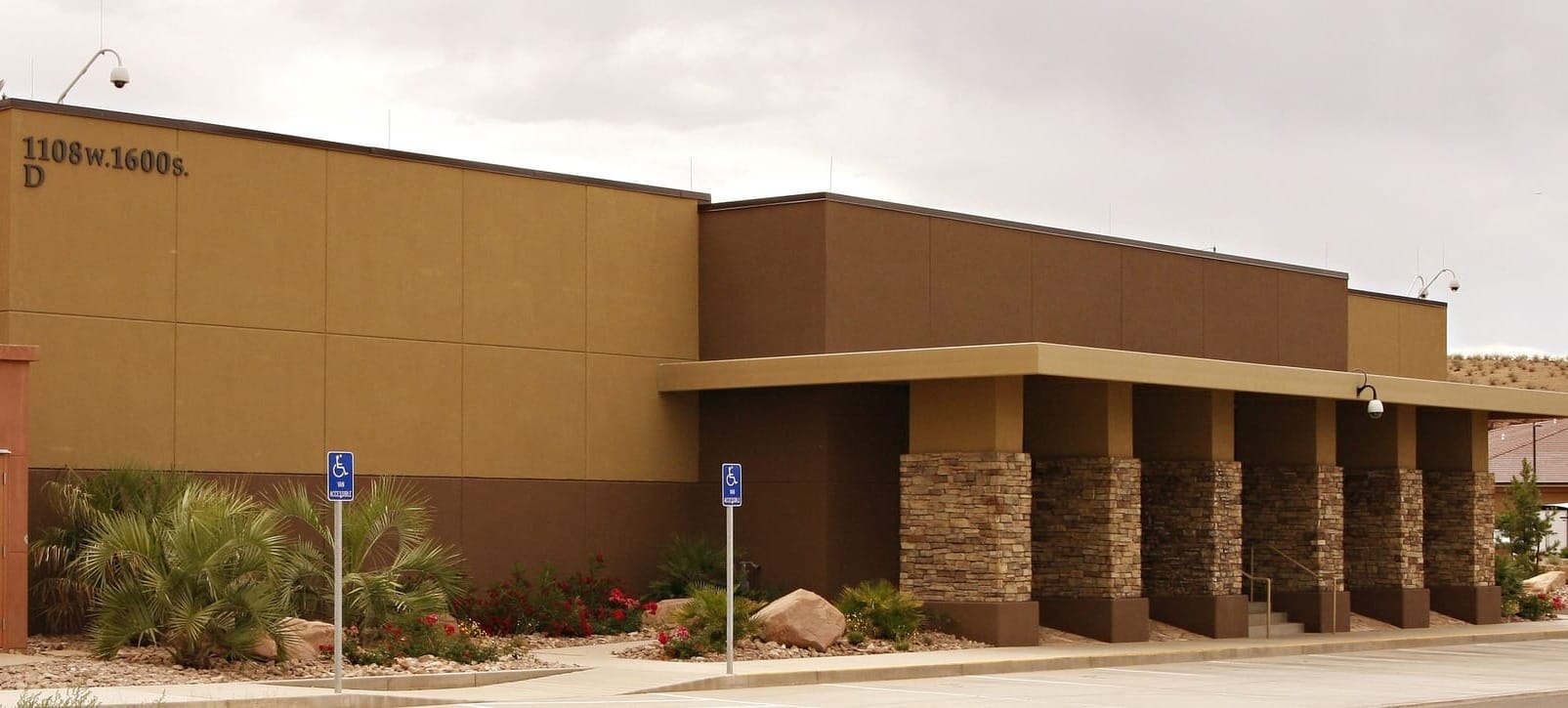

St. George, Utah - August 8, 2025
In July, CNBC ranked Utah among the nation’s ten most “power-ready” states for data centers and AI development, citing the state’s robust electricity grid, competitive rates, and relatively low outage frequency. At 9.03 cents per kilowatt-hour, Utah’s average retail electricity cost sits well below many western neighbors — a fact that’s not lost on ValorC3 Data Centers, the St. George–based operator quietly building a network of enterprise-focused, AI-capable facilities in secondary markets across the U.S.
“Utility rates matter,” said ValorC3 CEO Jim Buie. “If you’re a company in California paying 16 cents, you’re going to take a hard look at Utah. Nine cents is extremely competitive — and when you combine that with available capacity, it’s a winning formula.”
From Tonaquint to ValorC3
Founded in 2008 as Tonaquint, the St. George data center operated independently for 15 years before being acquired by CVC DIF, the €19 billion infrastructure platform of CVC Capital Partners. Following the acquisition of additional sites in Boise and Oklahoma City, the company rebranded to ValorC3 Data Centers in January 2025.

Buie, a 2025 Titan 100 awardee, leads the company with plans to add five to ten new facilities over the next five years. The model: deliver Tier 1 infrastructure to underserved secondary markets while avoiding the grid strains associated with hyperscale campuses.
Why Secondary Markets Work
While ValorC3’s headquarters is in St. George, most of its Utah clients are based along the Wasatch Front. “We like to bring Tier 1 quality to secondary markets,” Buie said. “St. George fits that bill — and so will other Utah locations as we expand.”
For many enterprise customers, location is more than just a logistical decision. “People like to put their IT gear somewhere they like to visit,” Buie said. “Whether it’s golf, hiking, or escaping winter in Salt Lake, St. George is a place our customers enjoy coming to.”
The St. George Facility — Proven and Resilient
Operating continuously since 2008, the St. George facility offers a concurrently maintainable design that meets or exceeds industry standards for redundancy.
Key features include:
- 4 MW total power capacity with N+1 redundancy: three 2 MW generators, 4×750 KVA UPS, and 6×500 KVA UPS for a total of 6,000 KVA.
- Carrier-neutral connectivity: CenturyLink, Zayo, Level 3, and others, with path diversity through separate telecom entry points.
- Security: 24/7/365 access, biometric authentication, video surveillance, on-site staff.
- Client amenities: office suites, conference room, and lounges.
- Megaport cloud on-ramp for direct connections to major cloud providers.
Future-Proof Design: Air and Liquid Cooling
ValorC3’s growth strategy includes building AI/HPC-ready facilities with flexible cooling options. Its new 10 MW Boise facility — and all future builds — will be liquid cooling capable, supporting densities up to 50 kW per cabinet in a closed-loop system that consumes no water.
“In the old days, three kilowatts per cabinet was the norm,” Buie said. “Now we see 10 kW for traditional workloads, and much higher for AI and high-performance compute. We design so you can start air-cooled today and move to liquid cooling tomorrow without relocating your infrastructure.”
Power-Ready by Design
Unlike hyperscale data centers that can demand gigawatt-level builds and trigger multi-year utility projects, ValorC3’s facilities typically range from 5 MW to 40 MW and are sited where they can tap existing grid capacity.
Buie describes this as a “win–win” for utilities and economic development officials:
“We’re the right size to be a good partner — using available power without straining the grid, and helping monetize past utility investments.”
In some cases, that means absorbing capacity in areas where utilities have overbuilt for anticipated demand. “We fit nicely within current infrastructure,” Buie said. “No new utility project was needed to build in St. George.”
Risk and Resilience
While Utah is spared the hurricanes and tornadoes that threaten other data center hubs, seismic risk remains a factor. ValorC3 designs for worst-case scenarios, with redundant diesel generators and priority refueling agreements.
“I’ve been in this business long enough to run a data center for two weeks off the grid,” Buie said. “Our customers can sleep knowing their applications will run 24/7 no matter what — earthquake, flood, fire, or utility outage.”
What’s Next for ValorC3 in Utah
The company is actively scouting another Utah location but has not yet made a formal announcement. Buie says global tech firms and regional enterprises alike are driving demand.
“We love being in Utah,” he said. “The utility rates, the fiber connectivity, the business climate — they all make sense. You’ll see more from us here.”
For more information visit Valor's website.

